Content Hub Operations: Strategies for Managing Effectively
Discover effective strategies for managing content hub operations, ensuring seamless organization, distribution, and optimization of your valuable content assets.
You're throwing an epic party, but your party goers are scattered all over the place, stumbling upon different rooms, and missing out on the real fun. That's what happens without a content hub! It brings everyone together in one centralized spot, ensuring your precious content doesn't get lost in the chaotic party shuffle.
With a content hub, you become the master mixer, effortlessly sharing and tracking your content goodies. It's like having a magical organizer that sprinkles order and collaboration over your content creation process.
Plus, you get nifty features like live updates, so you can avoid those embarrassing moments when your content has an accidental wardrobe malfunction.
And a content hub operation refers to the management and functioning of such a centralized platform or system designed to facilitate the organization, distribution, and analysis of content.
It involves the day-to-day activities and processes associated with maintaining and optimizing a content hub.
In essence, a content hub operation involves the management of a platform where various types of content, such as articles, videos, documents, designs, and other resources, can be uploaded, stored, and accessed.
The operation includes tasks like content creation, curation, publishing, distribution, and analytics.
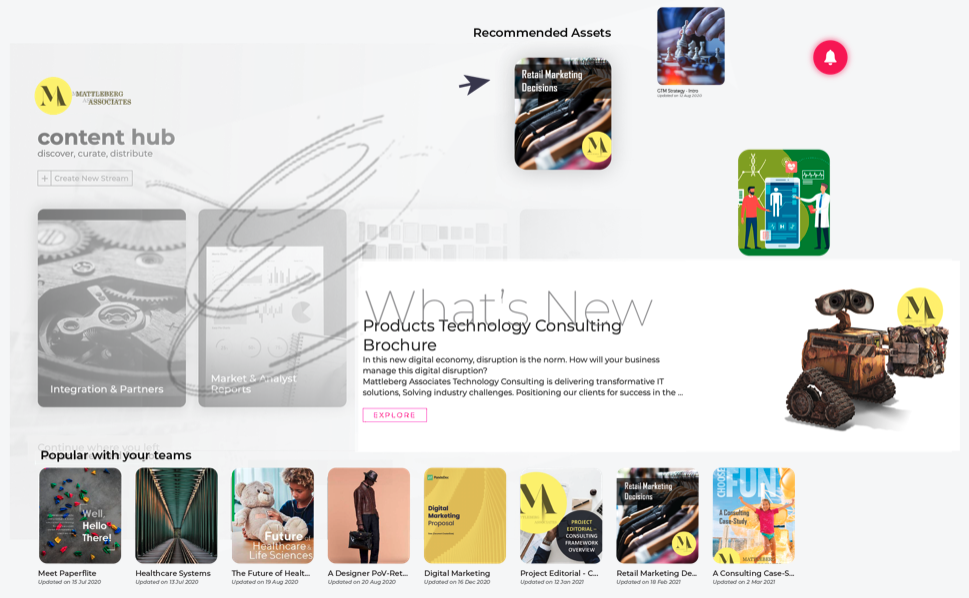
Importance of Content Hub Operations for Effective Content Management
- Streamlined Content Management: By centralizing all content assets in a single hub, organizations can efficiently manage their content lifecycle. This includes content planning, creation, organization, and distribution, leading to improved workflows, reduced duplication, and enhanced productivity.
- Consistency and Brand Alignment: A content hub ensures consistent branding and messaging across all content assets. It enables teams to adhere to brand guidelines, maintain a unified tone, and deliver a cohesive brand experience to audiences, reinforcing brand identity and trust.
- Enhanced Collaboration and Knowledge Sharing: Content hubs foster collaboration among teams by providing a collaborative workspace where content can be shared, reviewed, and refined. This promotes cross-functional teamwork, knowledge sharing, and idea generation, driving innovation and improving content quality.
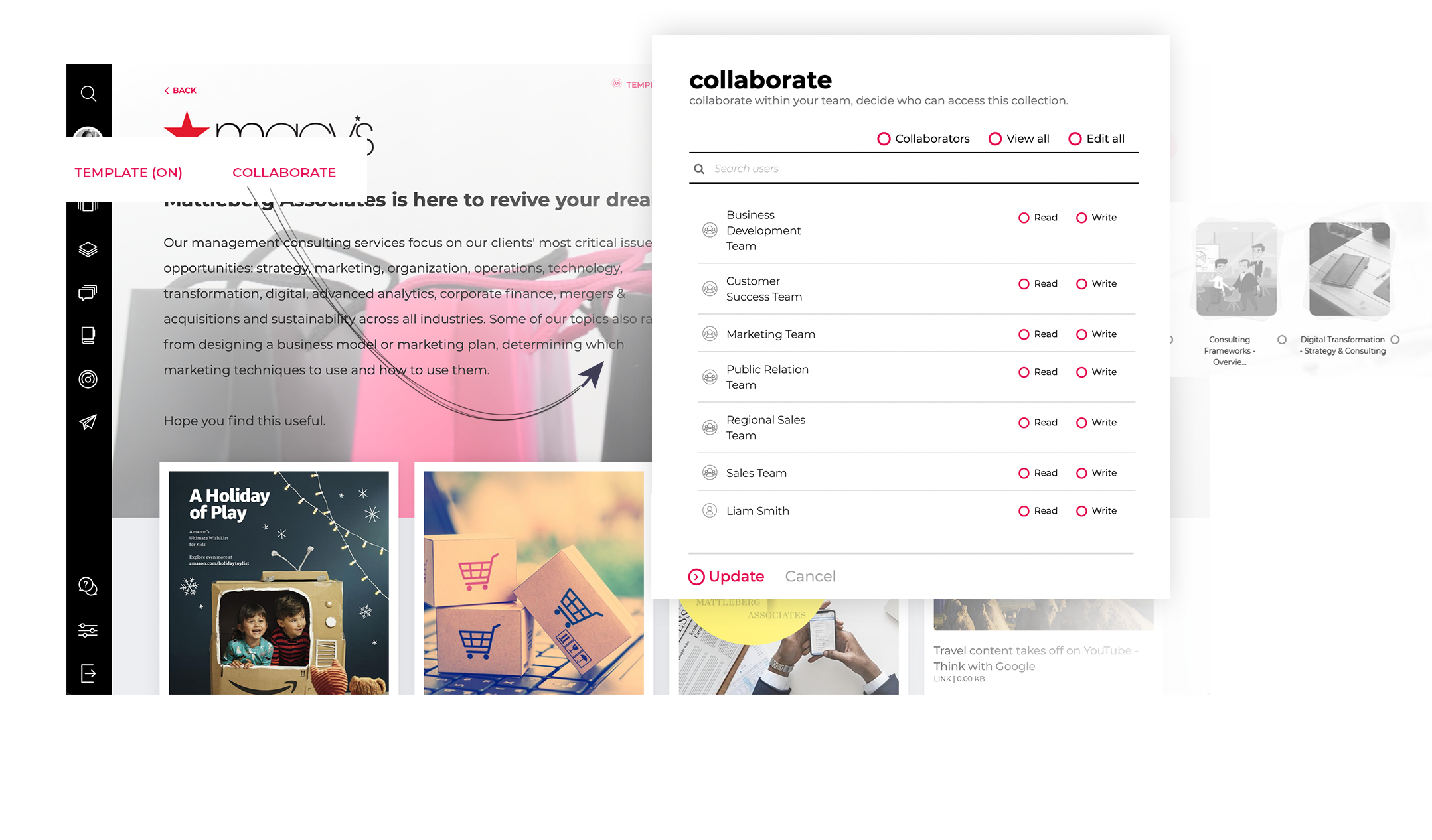
- Efficient Content Discovery: With proper organization, tagging, and metadata, a content hub enables easy content discovery. Users can quickly locate relevant assets, saving time and effort in searching for information. This improves efficiency and enables faster access to critical content.
Bring The Netflix Experience To Your Sellers
- Valuable Data Insights: Content hub operations allow organizations to gather data insights on content performance, user engagement, and audience preferences. These insights help shape content strategies, optimize content distribution channels, and make data-driven decisions to improve content effectiveness and achieve better results.
- Scalability and Future-Proofing: A well-designed content hub operation accommodates content growth and scalability. As organizations produce more content over time, the content hub provides a flexible framework to manage and scale content operations without compromising organization or usability.
Stages of content hub management
Your content hub requires a well-structured approach across various stages. From envisioning your content strategy to curating and delivering valuable assets, each stage presents an opportunity to engage your audience and drive growth. By embracing these stages, businesses can establish a strong foundation, foster meaningful connections, and empower their content to make a lasting impact.
Stage 1: The Planning
Establishing a Content Strategy:
Identifying Content Types: Determine the various types of content you will create, such as blog posts, videos, infographics, or case studies.
Formulating a Content Marketing Sales Cycle: Define the stages of your sales cycle and map relevant content to each stage, aligning it with the buyer's journey.
Deciding Content Update Frequency: Establish a regular cadence for content updates to keep your hub fresh and engaging.
Auditing Existing Content:
Using Relevant Content: Identify valuable content from your existing library that aligns with your content strategy and can be repurposed or updated.
Updating Outdated Versions: Review older content and refresh it with new information, statistics, or examples to ensure it remains relevant.
Generating New Content: Identify gaps in your content offering and develop new content to fill those gaps and address the needs of your target audience.
Identifying User Groups:
Segmenting User Groups: Identify different user groups within your organization, such as sales teams, SDRs, customer success, or marketers.
Understanding User Needs: Determine the specific content requirements and preferences of each user group to tailor your content accordingly.
Consistent Content Hub Structure:
Stream Organization: Divide your content hub into streams, categorizing them based on brands, content types, territories, or any other relevant criteria.
Grouping Assets: Create content groups within streams to group related assets together, making it easier for users to navigate and access relevant content.
Paperflite assists in this process by providing a centralized platform where you can organize and manage diverse content types, making it easier to categorize, distribute, and update them effectively.
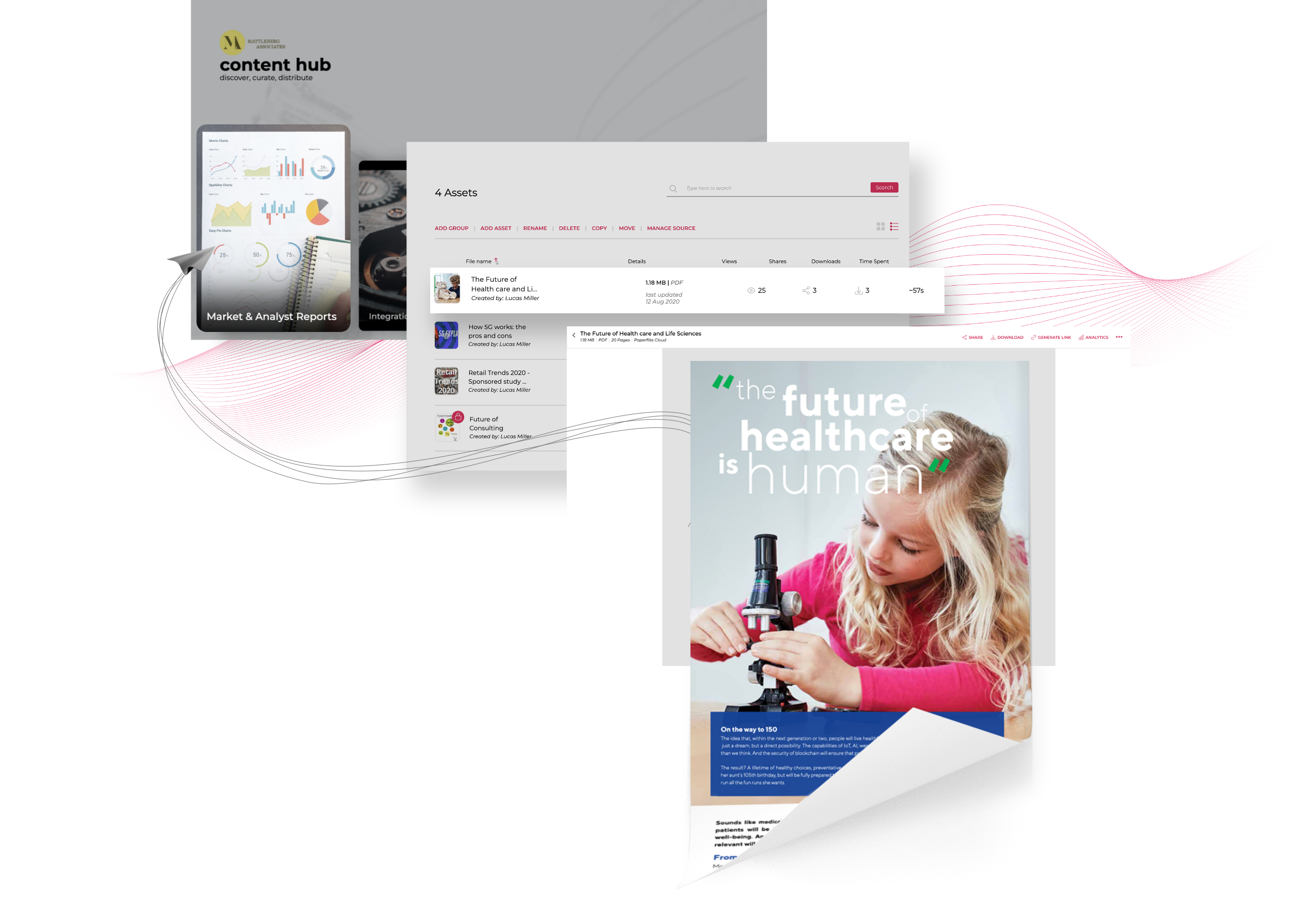
Stage 2: Organizing the Content
Metadata Structure:
Descriptions: Add concise and informative descriptions to each content asset, providing context and key details to users.
Tags: Utilize relevant tags that capture the core topics, themes, or keywords associated with each piece of content.
Custom Fields: Implement custom fields that are specific to your content needs, such as author, publication date, or target audience.
Grouping Relevant Content:
Streamlining Content Access: Group together related content assets within the same streams or content groups, allowing users to find all relevant resources in one place.
Enhancing Navigation: Implement clear and intuitive navigation within the content hub, enabling users to quickly locate and access the content they need.
Access for User Groups:
User Permissions: Set appropriate access permissions for different user groups, ensuring that only authorized individuals can view and interact with specific content.
Content Sharing: Enable easy and secure sharing of content with the relevant user groups, fostering collaboration and knowledge sharing within your organization.
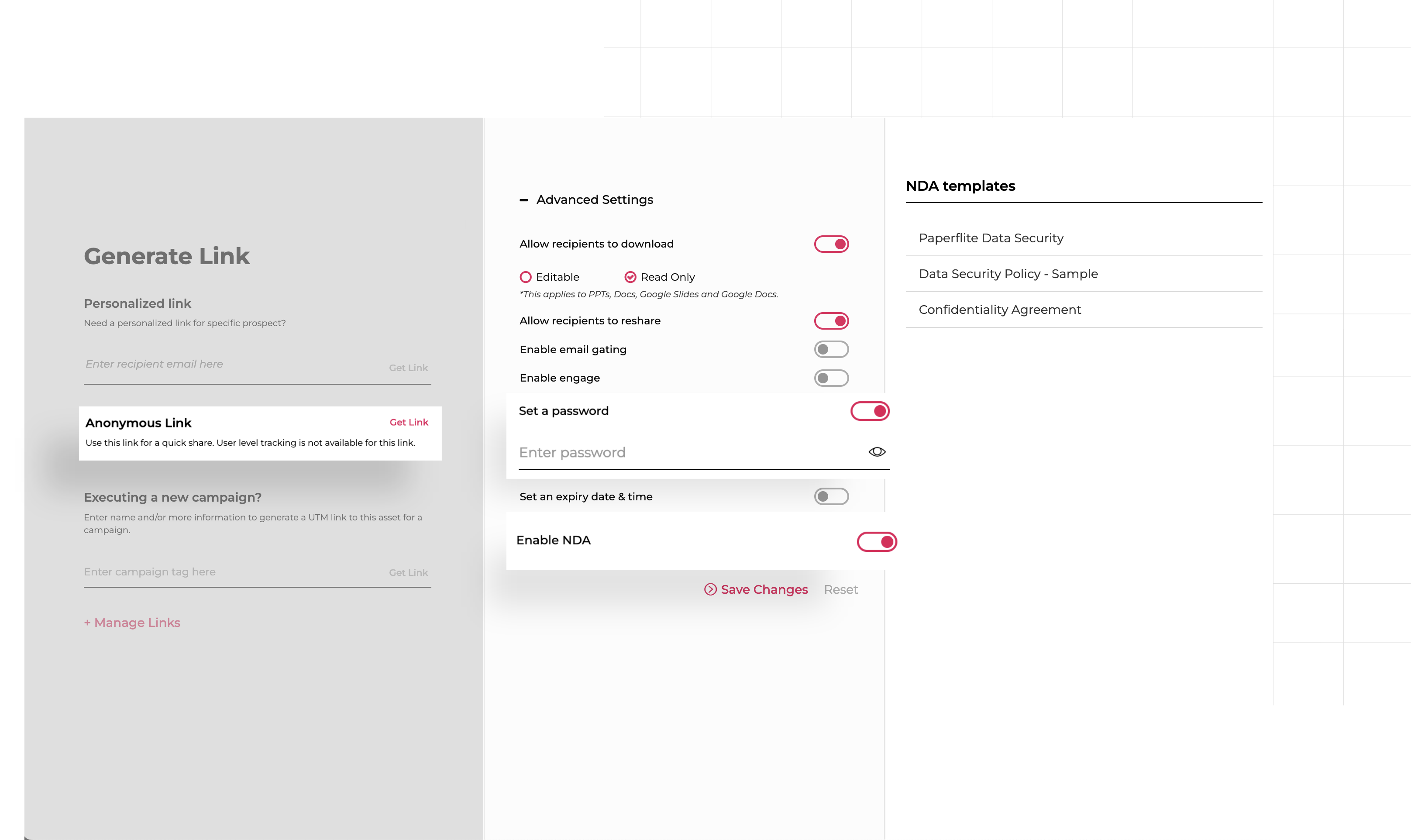
Paperflite allows you to add descriptive metadata, tags, and custom fields to your content assets, enhancing searchability and providing context to users.
Stage 3: Distribution of the Content
Sharing and Publishing:
Social Media Platforms: Leverage popular social media platforms to promote and distribute your content, reaching a wider audience and driving engagement.
External Sharing: Provide sales teams or campaign managers with easy access to relevant content assets that can be shared externally, enhancing customer interactions.
Paperflite's content sharing feature eliminates file-size restrictions, making it effortless to share collateral through drag and drop functionality. The platform also provides customizable themes and a mobile-friendly viewer for a seamless content-sharing experience.
Personalized Content:
Microsite Creation: Develop highly personalized microsites using assets from your content hub, tailoring the content to specific target audiences or campaigns.
Targeted Distribution: Distribute these microsites strategically to reach the intended recipients and deliver a customized experience.
With Paperflite, you can create unique microsites tailored to individual prospects, enhancing engagement and delivering a personalized experience during interactions.
Build Personalized Content Microsites For Buyers In Seconds
Stage 4: Tracking the Content
Performance Tracking:
Internal Performance: Monitor how well the content performs within your organization, tracking metrics such as views, downloads, or feedback from your sales team.
External Performance: Analyze the external performance of your content by measuring engagement metrics, such as click-through rates, conversions, or social media shares.
Gathering Insights:
Content Effectiveness: Identify the content assets that generate the most deals, capture leads, or contribute to successful conversions, and examine the reasons behind their effectiveness.
User Feedback: Solicit feedback from users to gain insights into their preferences, needs, and suggestions for improving the content offering.
By leveraging Paperflite's analytics engine, you can gather valuable insights on content effectiveness, audience engagement, and prospect feedback, enabling data-driven content improvement.
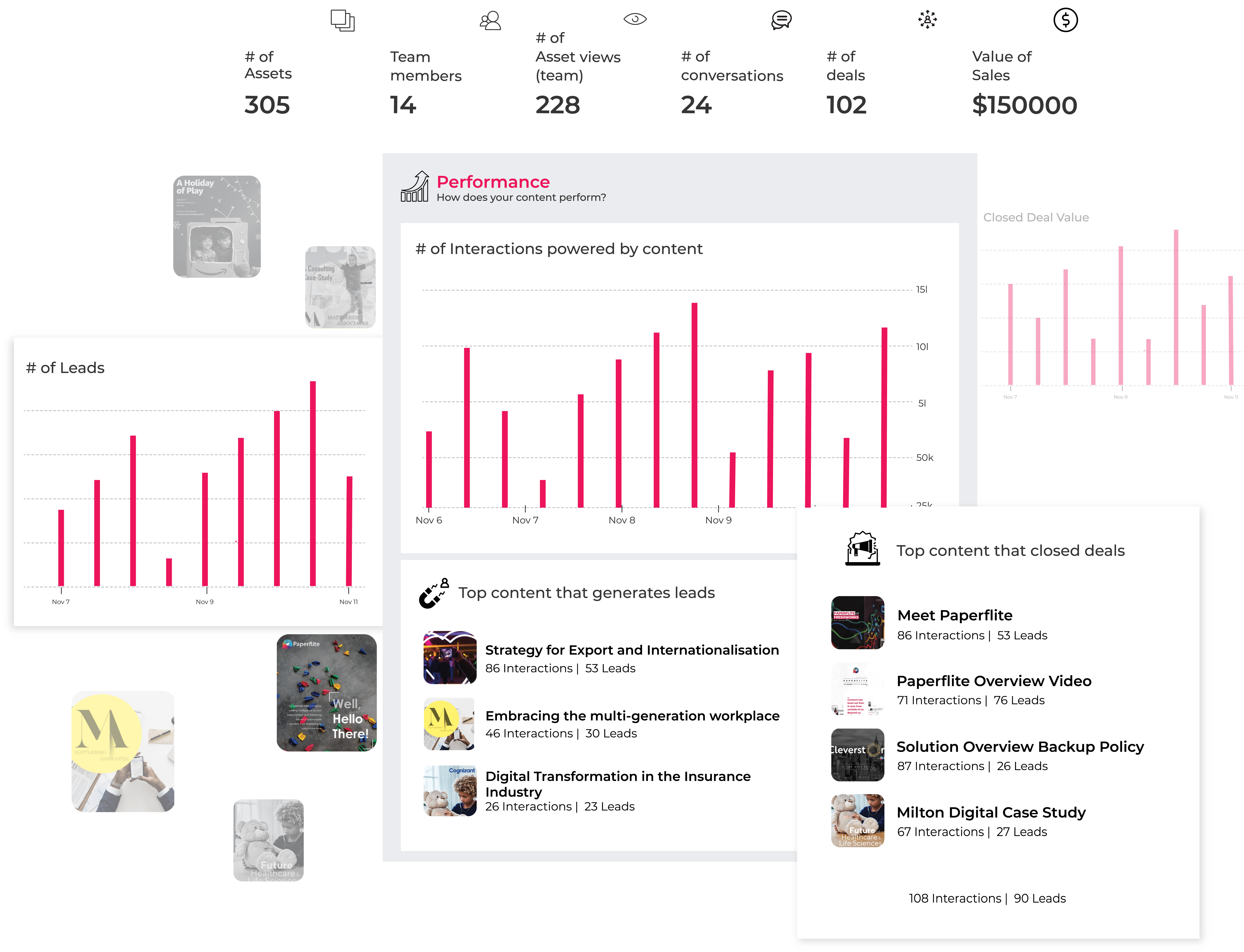
Stage 5: Adjusting Strategies Based on Insights
Sales Strategy Alignment:
Content-Driven Sales Approach: Align your sales strategies with the insights gained from the content performance, ensuring your sales team leverages the most effective content assets during customer interactions.
Sales Enablement: Equip your sales team with the necessary training and resources to effectively utilize the content hub and leverage insights for improved sales outcomes.
Marketing Strategy Refinement:
Content Optimization: Optimize your marketing strategies based on the content insights, focusing on creating and promoting the types of content that resonate most with your target audience.
Targeted Campaigns: Tailor your marketing campaigns using the data-driven insights, ensuring your messaging aligns with the content assets that have proven to be successful.
Content Strategy Enhancement:
Content Gap Analysis: Identify content gaps based on insights and feedback, and develop a plan to address those gaps by creating new content or repurposing existing assets.
Continuous Improvement: Regularly review and refine your content strategy based on ongoing analysis, performance metrics, and user feedback to ensure its relevance and effectiveness.
Paperflite serves as a comprehensive sales enablement tool, providing training resources and a user-friendly platform for your sales team to leverage insights and drive improved sales outcomes. Additionally, it empowers you to refine your marketing strategies, identify content gaps, and continuously enhance your content strategy based on data-driven insights.
Implementing a content hub is essential for modern content management strategies. By centralizing content assets, organizations can streamline their workflows, enhance collaboration, and ensure consistent branding.
The content hub enables efficient content planning, organization, distribution, and tracking, leading to increased productivity and improved content management efficiency. With easy content discoverability, teams can access the right information promptly, saving time and effort.
Furthermore, data-driven insights gathered from the content hub allow for informed decision-making, enabling optimization of content strategies and distribution channels. Ultimately, embracing content hub operations empowers organizations to maximize their content's value, foster collaboration, and drive success in today's digital landscape.
